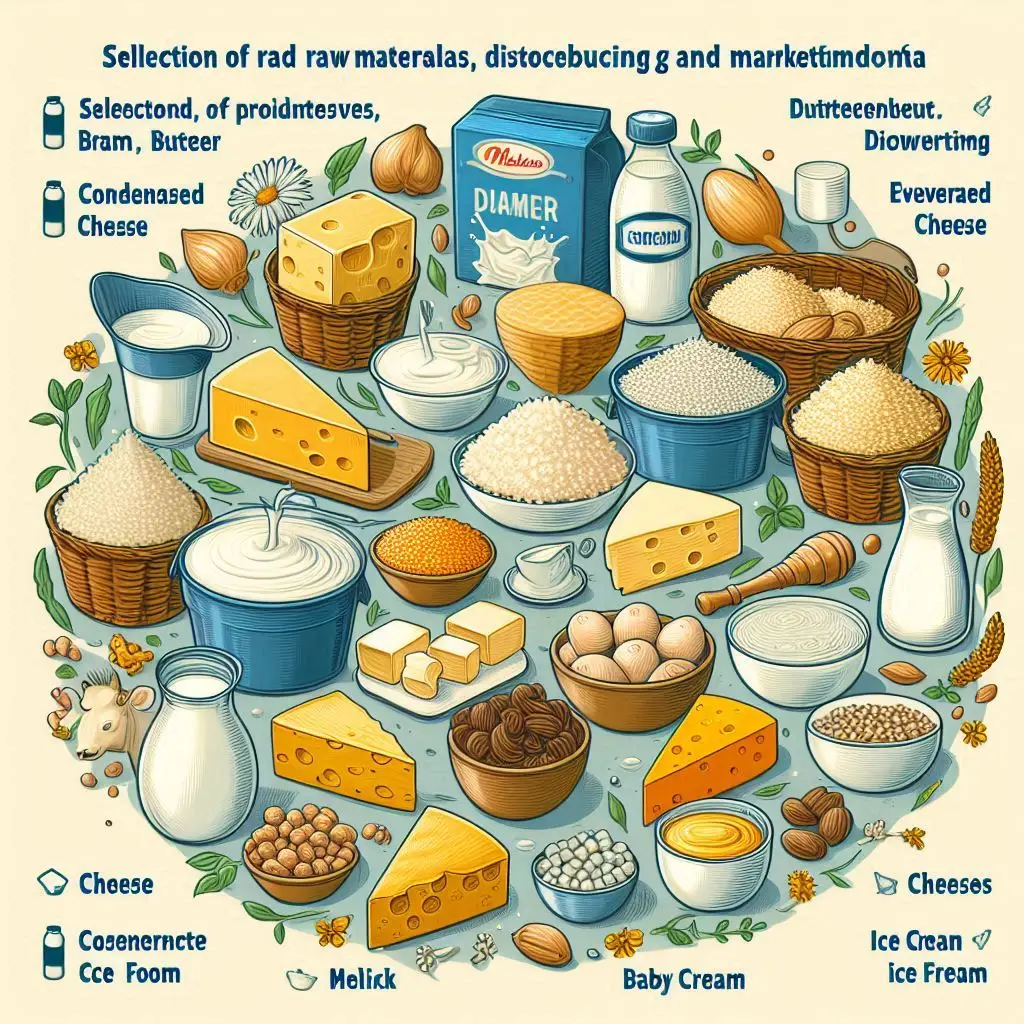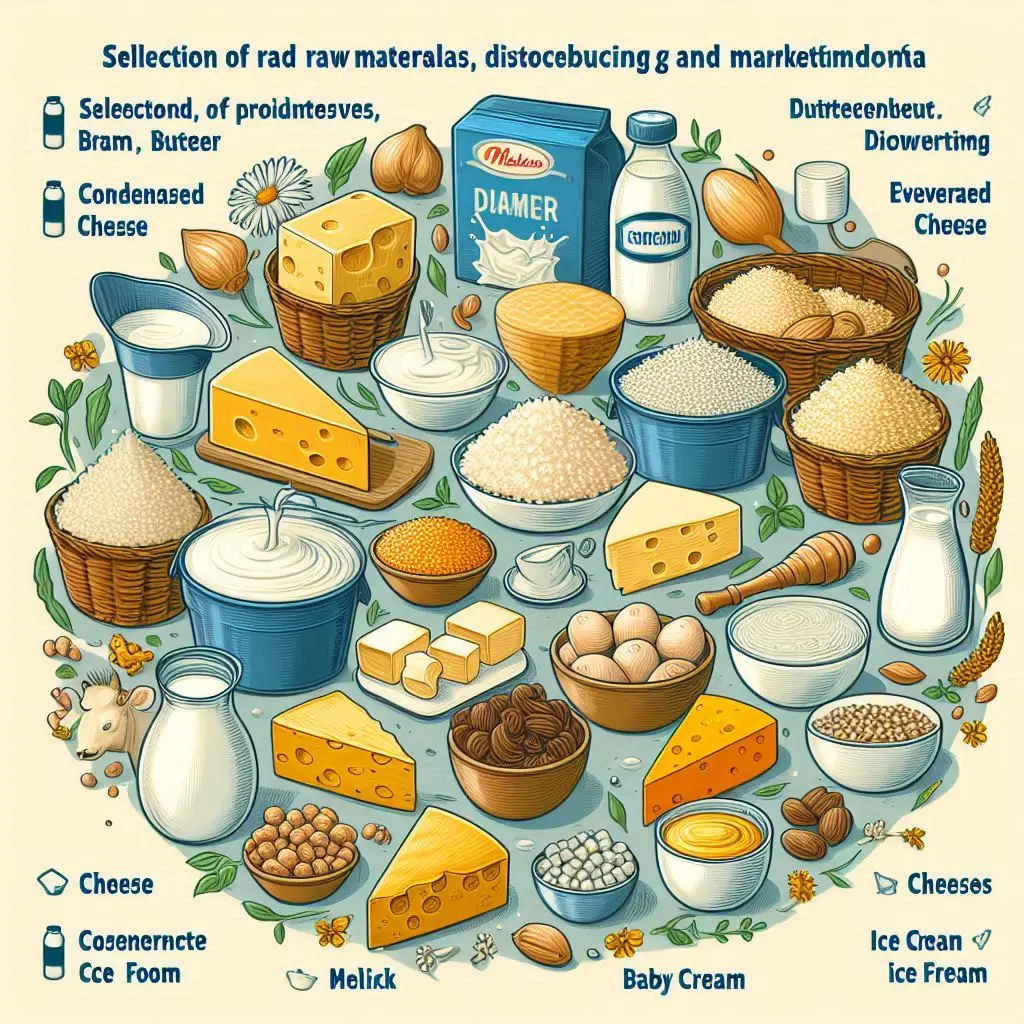Advanced Filtration Technologies in Milk Processing

Introduction
Milk processing has evolved significantly with advancements in membrane filtration technologies. These methods enhance efficiency, improve quality, and allow precise separation of milk components. The four major membrane filtration techniques used in dairy processing include Reverse Osmosis (RO), Ultrafiltration (UF), Nanofiltration (NF), and Microfiltration (MF). Each plays a crucial role in optimizing dairy production.
Importance of Filtration in Milk Processing
Filtration is essential in dairy production to achieve high-quality milk products. It helps in concentrating milk, removing contaminants, and enhancing product shelf life. Modern membrane filtration technologies have revolutionized milk processing by providing efficient, low-energy, and high-yield solutions.
Reverse Osmosis (RO) in Milk Processing
What is Reverse Osmosis?
Reverse Osmosis (RO) is a high-pressure filtration technique that removes water and small solutes from milk through a semi-permeable membrane. It works based on molecular size and helps in concentrating milk solids.
Applications of Reverse Osmosis in Dairy
- Milk Concentration: RO is widely used to produce condensed milk and to adjust milk solids content. This helps in making dairy products like cheese and condensed milk.
- Water Removal: By eliminating excess water, RO reduces transportation and storage costs.
- Lactose Reduction: RO partially removes lactose, making it beneficial for lactose-intolerant consumers.
Benefits of Reverse Osmosis in Dairy Processing
- Enhances the efficiency of milk concentration
- Reduces energy consumption in evaporation processes
- Improves the quality and texture of dairy products
Learn more about Reverse Osmosis in Dairy Processing
Ultrafiltration (UF) in Dairy Processing
What is Ultrafiltration?
Ultrafiltration (UF) uses a semi-permeable membrane to separate larger molecules like proteins and fats from smaller components such as water and minerals. It is an effective technique for standardizing milk composition.
Applications of Ultrafiltration in Dairy
- Protein Concentration: UF is widely used to produce protein-rich dairy products, including protein concentrates for beverages and yogurt.
- Fat Adjustment: UF helps in adjusting fat content for specific dairy formulations.
- Lactose and Mineral Retention: This process allows lactose and certain minerals to pass through while retaining essential proteins.
Advantages of Ultrafiltration in Dairy
- Enhances protein content in milk
- Supports the production of low-fat dairy products
- Helps in the creation of innovative dairy formulations
Explore Ultrafiltration in Dairy Processing
Nanofiltration (NF) in Milk Processing
What is Nanofiltration?
Nanofiltration (NF) is similar to RO but allows selective passage of smaller ions while blocking larger molecules. It plays a significant role in modifying milk’s mineral and lactose content.
Applications of Nanofiltration in Dairy
- Lactose Reduction: NF selectively removes lactose, making it useful for lactose-free dairy production.
- Mineral Adjustments: It helps in adjusting mineral content to meet specific product requirements.
- Pre-concentration of Milk: NF assists in reducing water content before further processing.
Benefits of Nanofiltration in Dairy Processing
- Supports the production of customized dairy products
- Reduces processing costs by pre-concentrating milk
- Enhances milk composition for better product quality
Read More on Nanofiltration in Dairy
Microfiltration (MF) in Dairy Processing
What is Microfiltration?
Microfiltration (MF) employs a porous membrane to separate bacteria, spores, and some unwanted components while allowing proteins, minerals, and water to pass through. It is an effective method for improving milk safety.
Applications of Microfiltration in Dairy
- Bacteria Removal: MF removes harmful bacteria and spores without extensive heat treatment.
- Shelf-Life Extension: It extends the shelf life of milk while maintaining its fresh taste.
- Improved Dairy Safety: It ensures microbiologically stable milk, reducing the need for preservatives.
Benefits of Microfiltration in Dairy
- Reduces bacterial contamination in milk
- Maintains milk’s natural flavor and nutritional value
- Enhances the stability and safety of dairy products
Discover More on Microfiltration in Dairy
Conclusion
Filtration technologies such as RO, UF, NF, and MF have transformed dairy processing by providing efficient ways to concentrate, purify, and enhance milk products. These techniques not only improve product quality but also optimize production costs. As the dairy industry advances, the use of membrane filtration will continue to grow, ensuring safer and more nutritious dairy products.
Stay updated with the latest advancements in Dairy Filtration
For more pearls of Vets Wisdom:
Genetic Consequences of Inbreeding in Animals






Responses